Looking out my window, the maples and sumacs in my neighbors’ yards are proudly showing their fiery fall colors, the last of the cucumbers are ripening in my vegetable garden, and the zinnias and dahlias are beginning to wind down their summer blooms. As autumn tightens its grip on our corner of the world, October is the month to begin preparations for winter and take the first steps toward a beautiful lawn and garden next spring.
First, although it’s too early to dig and store dahlias for winter—I plan to write more about that next month—this month is a good time to properly identify and mark each of your plants so you’ll be sure to label them correctly when the time comes to store them for winter. For ease of identification, tie a strip of ribbon around the stalk of each plant labeled with the plant name in waterproof, fade-resistant marker. Additionally, if you hope to share tubers with friends next spring, photograph each variety while they’re still in bloom. Next month, after the blooms have faded and the plants are dying back, you’ll be grateful you took the time to document each variety.
Second, October is a good time to begin to cut back perennials for spring. Before you go wild with your pruning shears, however, take note of which perennials should not be trimmed back in fall. Echinacea, heuchera, and ferns should all be left alone until early spring, as their foliage helps to protect the crown (the base of the plant) from winter damage and their leaves add texture and interest to the garden. Likewise, avoid pruning lavender in the fall since doing so can lead to winter damage. If you didn’t shear your plants after blooming this summer, wait until early spring to prune.
For other perennials that can be cut back in fall, wait until the foliage begins to die back before trimming. Cut back bleeding hearts now, and hostas, astilbe, lilies, and many others that will go dormant in the coming weeks. In the meantime, now is a good time to divide hardy perennials that are getting too big for their space or that have begun to die out in the center. Dividing in fall will allow the plants to fill out evenly next spring without looking lopsided.
Next, October is the ideal time to plant bulbs for spring color. Nothing screams spring quite like the beautiful blooms that bulbs provide, and they really are one of the easiest plants to grow. Visit the nursery this month to pick out large, firm bulbs—the bigger the bulb, the more impressive the bloom—and get some planted in pots or around your yard. Add bone meal or bulb food to the soil when planting, and your work is done! For already-established bulbs, now is the time to fertilize as well, and that’s simple, too: just sprinkle a healthy dose of bone meal in the areas my bulbs are planted and let the fall and winter rains wash it into the soil.
Finally, autumn is when the lawn care season begins for the coming year. Start with a dose of fast-acting lime, which will ward off moss growth throughout winter and add minerals to the soil to allow your grass to properly absorb nitrogen. Because our soils in the Pacific Northwest are notoriously acidic, lime is incredibly helpful to keeping grass healthy. Later this month or next, feed with a fall fertilizer like Bonide Duraturf Winterizer or Scotts Turf Builder Winterguard, both blended specifically for growing strong root systems to help your grass withstand cold, wet winter weather.
As the days rapidly shorten and fall foliage reaches its peak color, now is the time to start preparing your garden for a winter’s rest. Enjoy the last of your fresh-picked bouquets and whatever tasty produce you’re still harvesting and take some time to get your yard and garden ready for a new season.


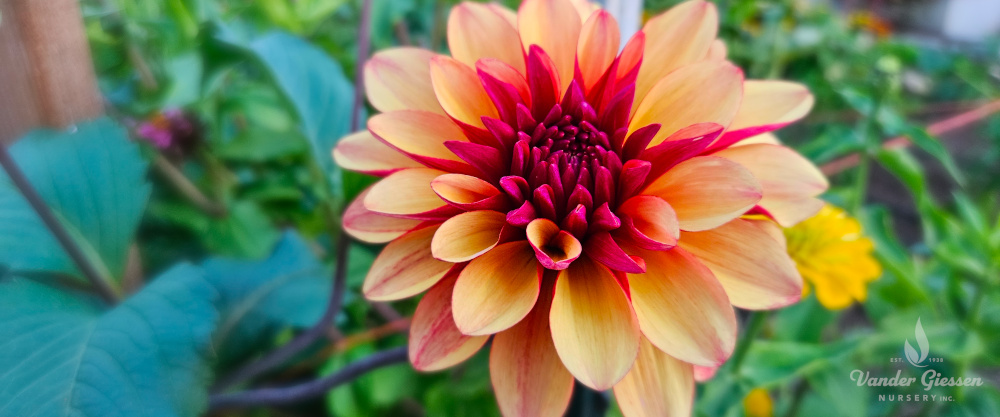
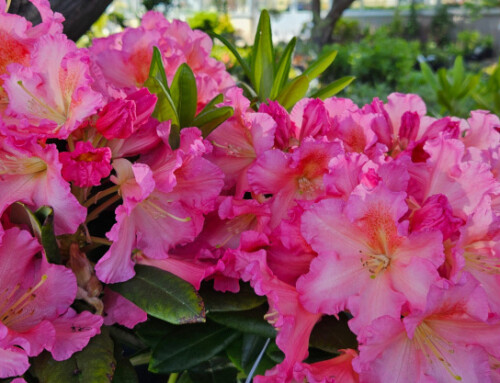

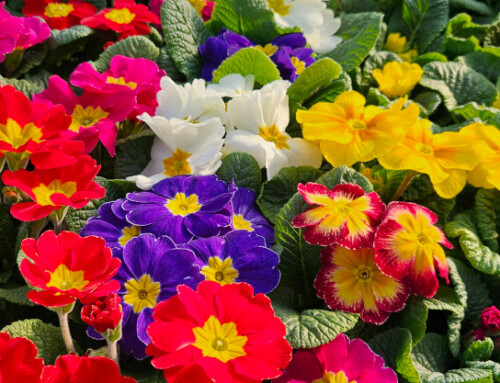
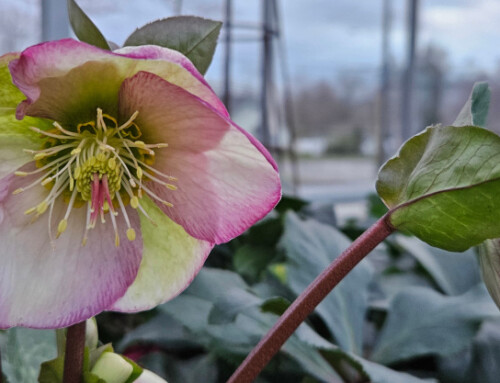
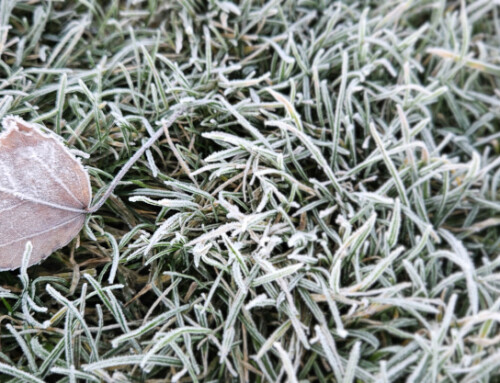
I so appreciate all the helpful seasonal tips!!!
I’ve gotta confess I’d be lost without them.
Keep up the good work
Thank you, Diana!